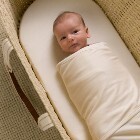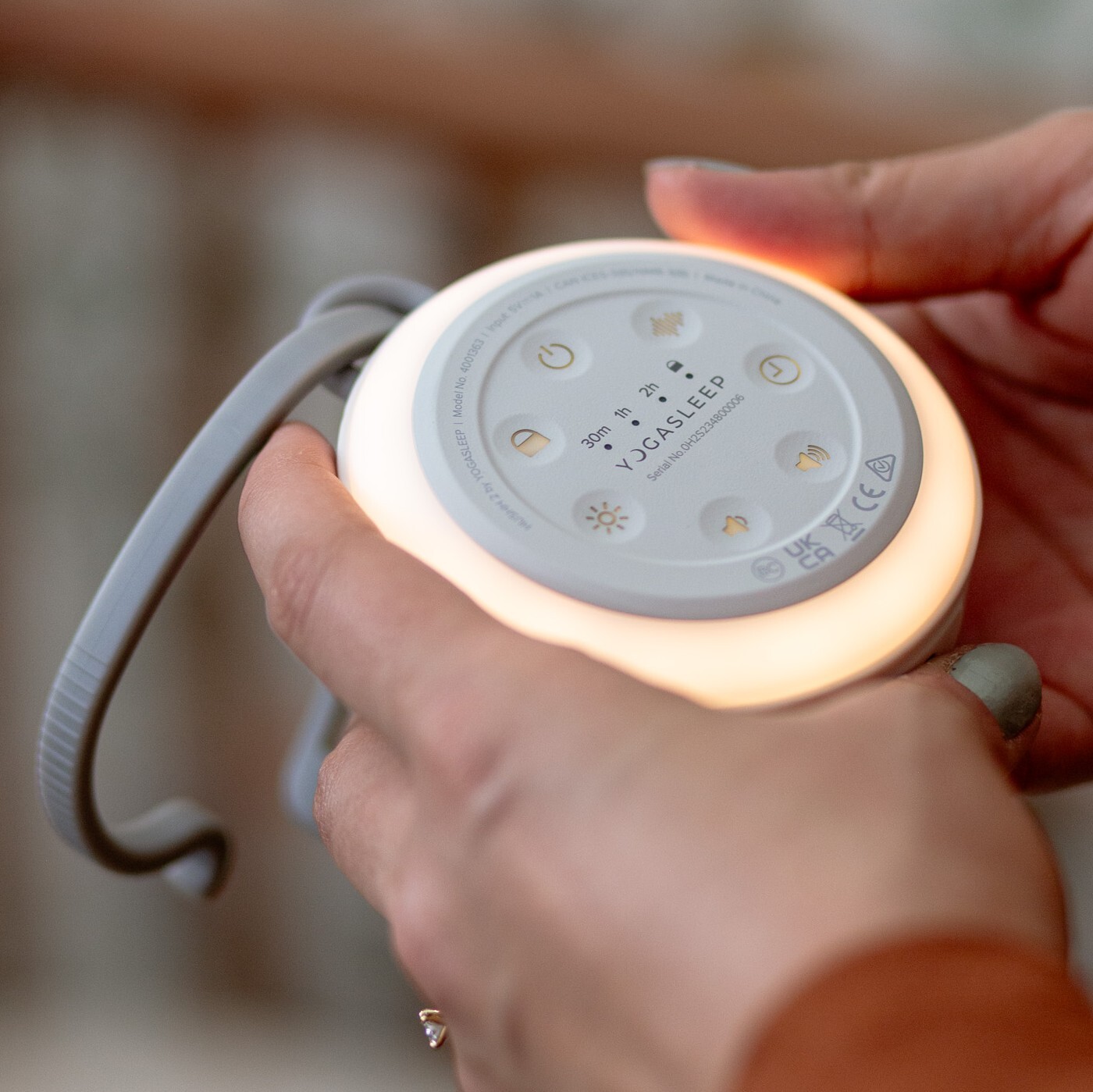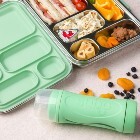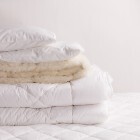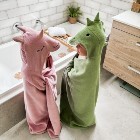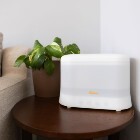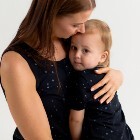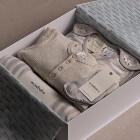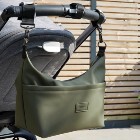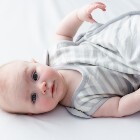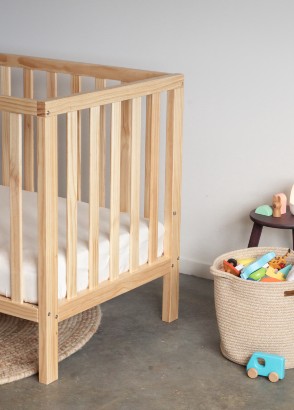There are so many things to think about when you become pregnant and are planning for your little one’s arrival. From what to eat to what to do, to which products are best for babies.
It’s easy to be bombarded with information, especially when looking for a cot, one of the most expensive and used items in a nursery. Not to mention one that needs to keep the baby safe while sleeping.
We’re going to cut through all the info and give you what you need to know about how to choose a safe cot for your baby.



